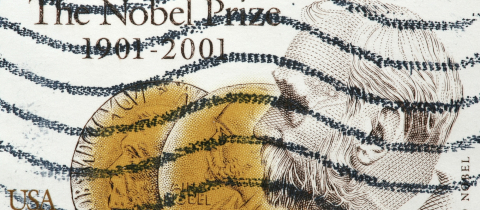No, it wasn’t Louis Pasteur. Back in 1886, Frans von Soxhlet, a German agricultural chemist, was the first person to suggest that milk sold to the public be pasteurized. The term “pasteurization” of course is derived from Louis Pasteur’s pioneering work on the destruction of microbes through heat treatment, but Pasteur’s area of interest was wine and beer, not milk. Actually, Pasteur didn’t even really invent pasteurization. The fact that heat treatment made foods safer was known long before Pasteur, but the French chemist was the first to provide an explanation for the phenomenon. Pasteur realized that spoilage was due to chemical reactions initiated by living microbes, and that the reason heat treatment prevented spoilage was because of its destructive effect on these living organisms. If wine or beer turned sour, Pasteur maintained, it was because of contamination by acid-producing rogue yeasts after the alcohol producing yeast had done its job. Heating of beer or wine would then destroy these invaders and preserve the beverage. Indeed, after the Franco-Prussian War of 1870, Pasteur, a noted French patriot, created his “beer of revenge” which would serve as a testimonial to the superiority of French brewing techniques over anything the Prussians could muster. Heat-treated French beer would keep indefinetly while Prussian beer would go cloudy with time.
As far as beer went, this was mostly a cosmetic, not a health issue. But milk presented an altogether different scenario. Typhoid and scarlet fever, diphtheria, tuberculosis and various diarrheal diseases were all capable of being transmitted through the consumption of milk. But it seems that until 1886, when von Soxhlet made his suggestion, nobody thought of pasteurizing milk on a large scale. And what a difference pasteurization made! In 1891, one in every four infants in New York City died, many from drinking tainted milk. This dropped to about one in fourteen when pasteurization was introduced. The advent of this life-saving technology, though, was not without its critics. Some argued that heat treatment destroyed vital nutrients in milk and produced a “burnt” flavour. Amazingly, the controversy about the pros and cons of pasteurization continues to this day.
Milk contains some 100,000 naturally occurring compounds, and some of these certainly undergo chemical changes with heat. But that does not mean that these changes have any health consequence. There is a lot of bluster from raw milk advocates about pasteurization impairing the nutritional merits of milk, but the arguments are not backed by evidence. There is plenty of evidence on the other hand about unpasteurized milk causing disease. While raw milk from an individual farm, where cleanliness is scrupulously maintained, is likely to be safe, milk pooled from many farms, as is the usual case today, can well harbour a range of bacteria. Until someone finds a way of preventing cows from defecating, pasteurization is the way to go. Heating milk to 72 degress C for 15 seconds (so-called high temperature/short time treatment) or to 138 degrees C for 2 seconds (ultra high temperature treatment) saves lives. Why take a chance?







